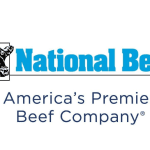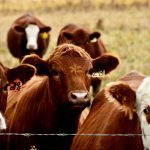Tag Archives beef production

Kansas beef plant shuts down after fire

Intensifying cattle operations has less impact than starting new elsewhere
Research shows grain-finished beef has a lower carbon impact than grass-finished beef

Tyson Foods, Cargill idle Kansas beef plants due to snowstorm
Blizzards shut down roads, stranded some workers at packing plants overnight

Updated Certified Sustainable Beef Framework released
The program, launched in 2017, came up for its five-year review in 2022

Klassen: Lower beef production forecasts support feeder complex
Major feedlots seen aggressive on quality calves

Another way to look at environmental metrics
Protein density and ecosystem impacts make meat competitive with grains, say researchers

TruHarvest closes doors on beef processing plant
Plant was one of only three federally inspected options for Ontario producers
TruHarvest Meats, one of three federally inspected beef processing facilities in Ontario, has closed its doors, citing a continued inability to achieve financial goals. “Unfortunately, the ownership paused operation at […] Read more
Moving sustainability funds down the supply chain
Cargill offering credits for sustainability, no matter where beef producers are in the supply chain

Are your cows being overvalued?
Cow depreciation: the silent killer of cow-calf profitability

How does your farm stack up?
Canfax research project provides the industry with benchmark figures


